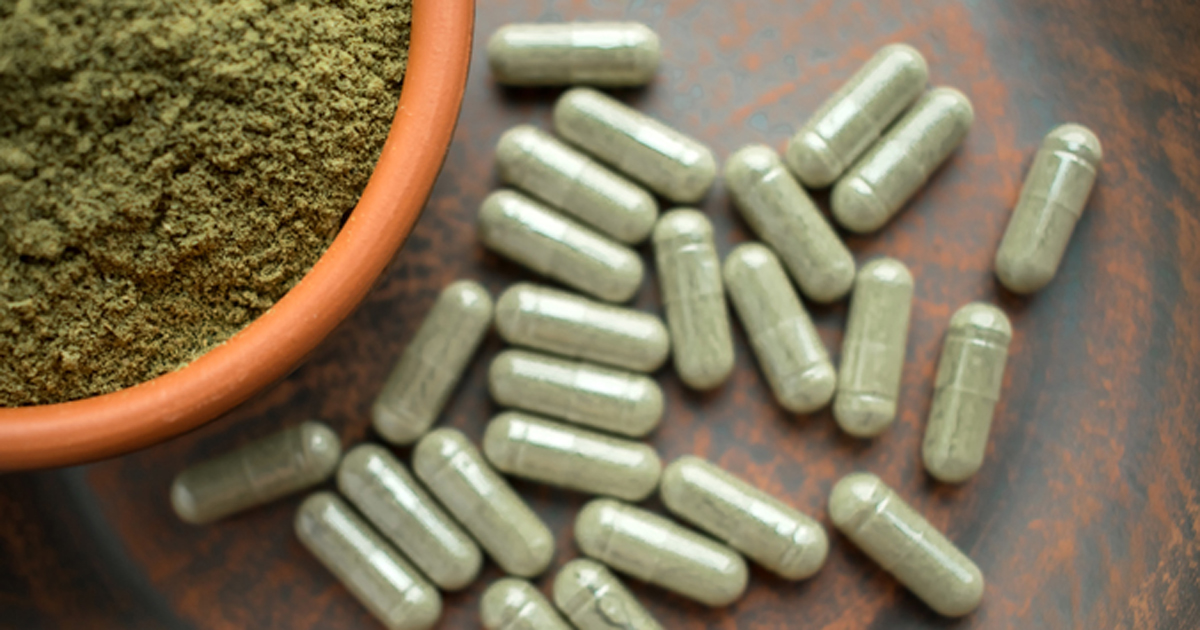Annual kratom-related exposures increase 52-fold
The annual number of calls related to kratom that were made to poison control centers in the U.S. increased from 13 calls in 2011 to 682 calls in 2017, a 52.5-fold increase, according to findings recently published in Clinical Toxicology.
“That is the equivalent of going from about one call a month to two calls a day. Almost two-thirds (65%) of these exposures occurred from 2016 through 2017 — the two most recent years of the study,” an accompanying press release stated.
The kratom exposure findings are based on calls made to the Poison Help Line from 2011 to 2017. Other findings include:
- 88.9% occurred in patients aged older than 20 years;
- 86.1% took place at a residence;
- 74.3% were intentional;
- 51.9% led to a serious medical outcome;
- 31.8% resulted in a health care facility admission; and
- 2.7% occurred in children 12 years and younger
Researchers also found the most common adverse events were agitation/irritability and tachycardia, which made up 22.9% and 21.4% of the exposures, respectively. Seven exposures were among infants less than 1 month old, and 11 exposures were fatal.
In addition, exposures to kratom combined with other substances were associated with greater odds of admission to a health care facility (OR = 2.8; 95% CI, 2.21-3.55) and a serious medical outcome (OR = 2.25; 95% CI, 1.77-2.85) vs. those who were exposed only to kratom.
“The clinical effects observed in this study highlight that despite its classification as an herbal supplement, kratom can have serious physiologic effects,” Sara Post, BA, MS, of the Center for Injury Research and Policy at The Research Institute at Nationwide Children’s Hospital, Columbus, Ohio and colleagues wrote.

They added that additional studies, regulations and warnings regarding kratom are needed.
“More research is needed to define the human response to kratom. At a minimum, kratom products should be free of potentially harmful contaminants, provide a uniform strength of active ingredients, and have appropriate labeling. Increased regulation of kratom products would help guarantee product quality and safety. Individuals who choose to use kratom should be educated about its potential risks, including the dangers of using it in combination with other substances,” Post and colleagues wrote.
The FDA, for reasons similar to those outlined in the study by Post et al, has also discouraged kratom’s use and frequently reminded that there are no FDA-approved uses for the supplement.
In November, the agency said it found “disturbingly high levels of heavy metals” in 26 products made from kratom. Last April, the FDA announced a mandatory recall for all food products containing powdered kratom manufactured, processed, packed, or held by Triangle Pharmanaturals LLC — saying it was the first-ever mandatory recall because a company failed to comply with the agency’s request to conduct a voluntary recall citing concerns about Salmonella contamination.
The warnings and case reports do not deter some in the medical community, who have previously touted kratom as an alternative approach to pain management. These proponents also told Healio Primary Care Today kratom could help turn the tide of the opioid epidemic that claims approximately 115 lives a day. – by Janel Miller
Disclosures: The authors report no relevant financial disclosures.

